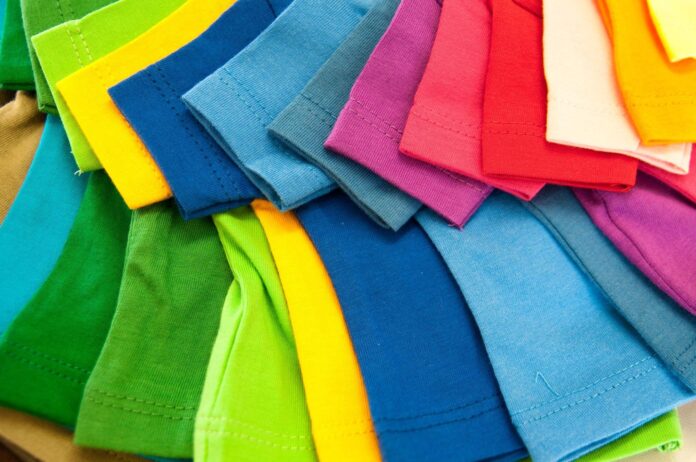The type of fabric you choose for your garments will have a direct impact on the final outcome. When it comes to the success or failure of an apparel business or how to start a t-shirt business, the fabric makes all the difference.
All fabrics are unique in their feel and function. Fabric quality, durability, and shrinkage are just as important as the garment’s looks in determining a product’s success or failure. As a result, the fabric market is flooded with options. However, cotton, polyester, and mixed fabrics are by far the most common.
This article will help you choose the right fabric for your needs by providing information about the differences between polyester and cotton blend.
Cotton


Cotton is a charming and rich fabric that is soft against the skin. Cotton, among the softest textiles, works well for clothes and other everyday products.
Different varieties of cotton have specific qualities that make them well-suited for particular applications. There are four major categories of cotton:
-
Upland Cotton


-
Pima Cotton


-
Organic Cotton


-
Sea Island Cotton
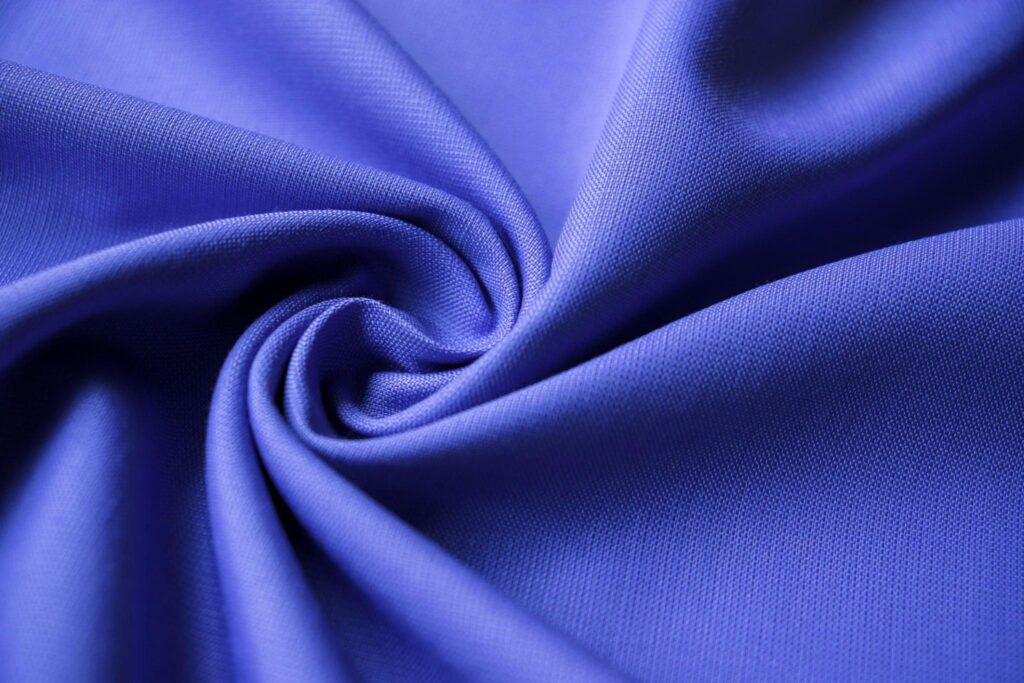

-
Acala Cotton
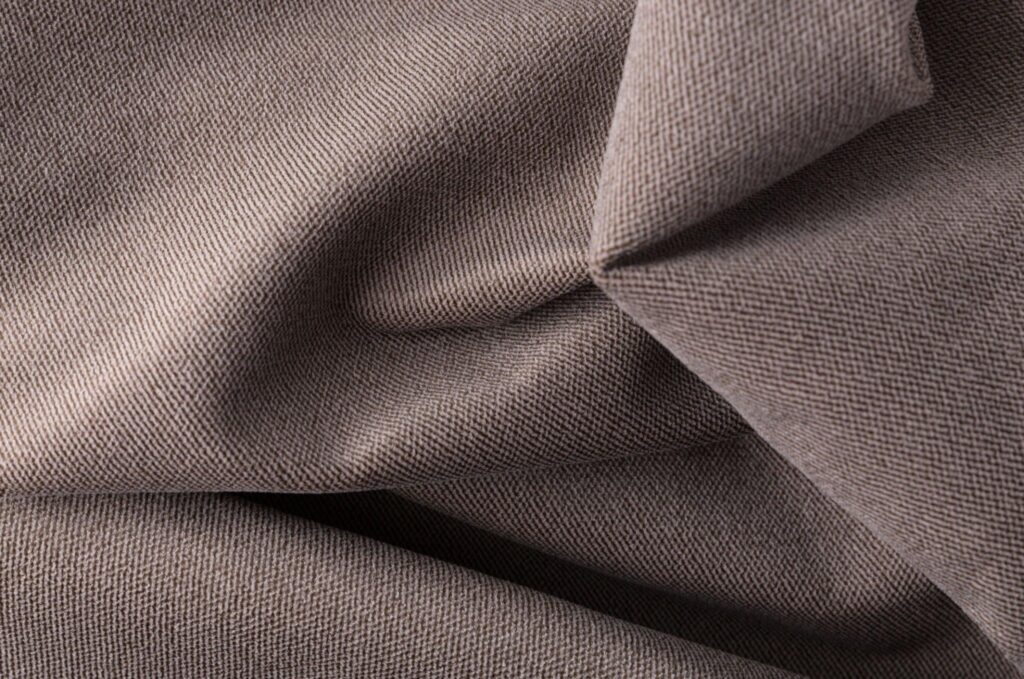

-
Delta Pine Cotton
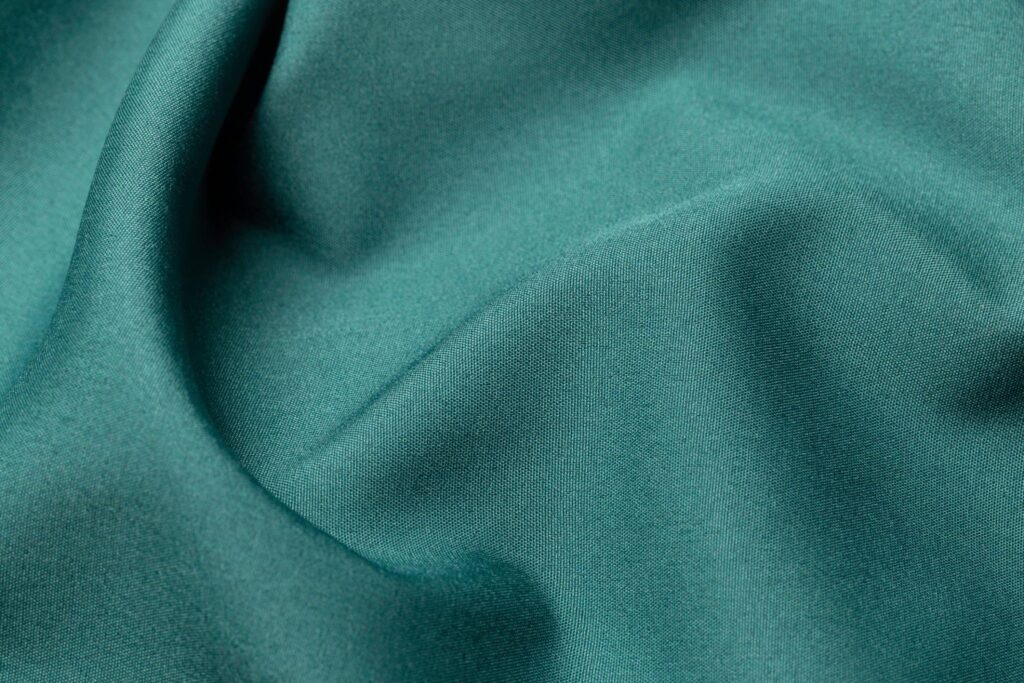

-
Xinjiang Cotton
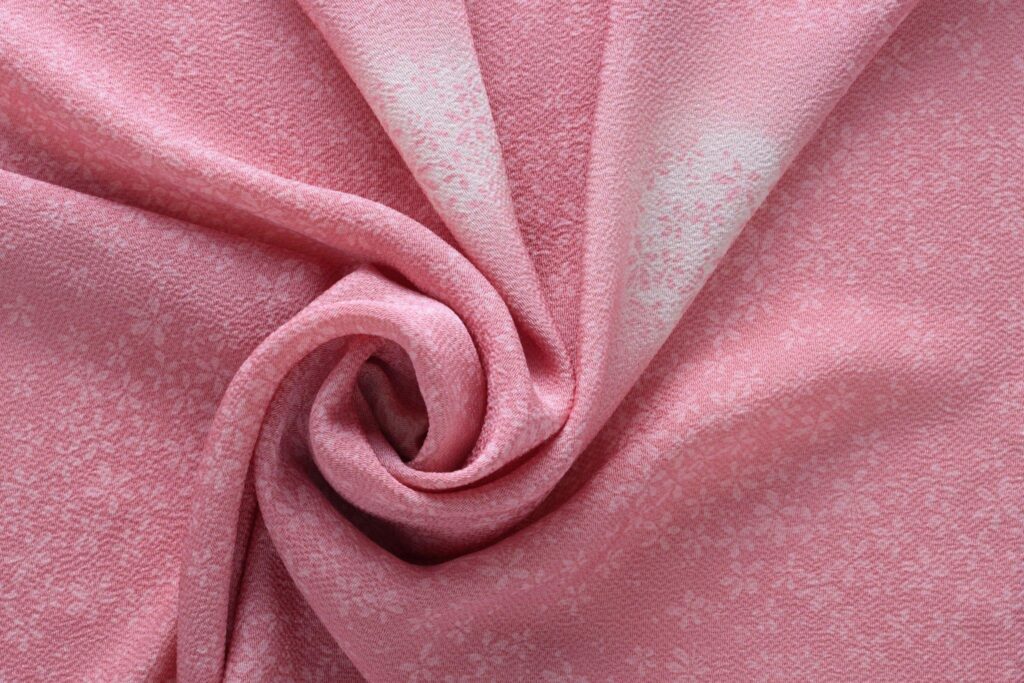

-
Dharwad Cotton


-
Levant Cotton
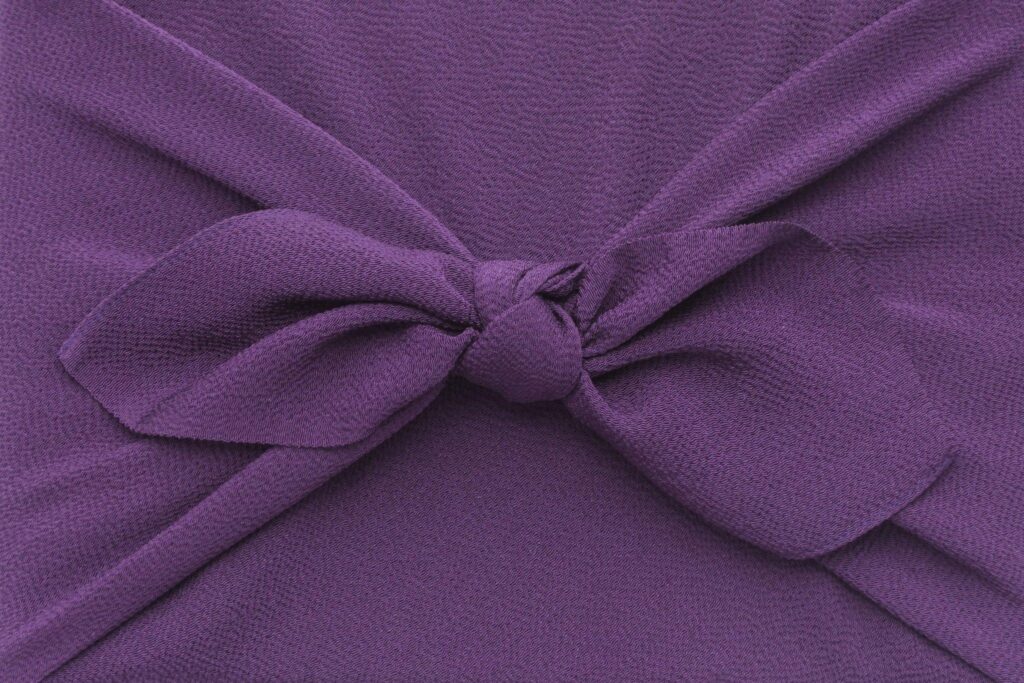

-
Suzhou Cotton
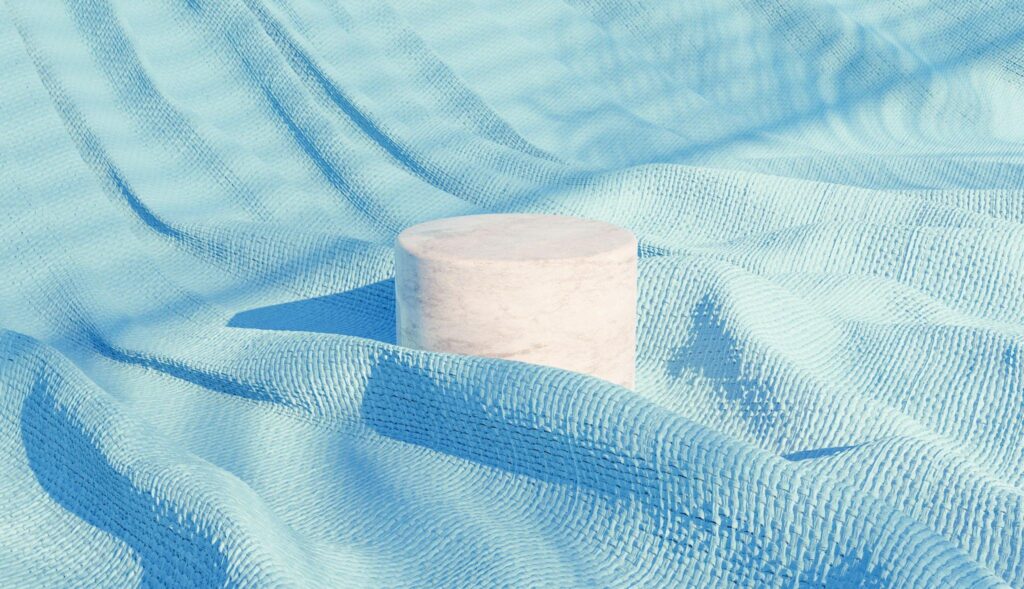

-
Pima Cotton


-
Egyptian Cotton
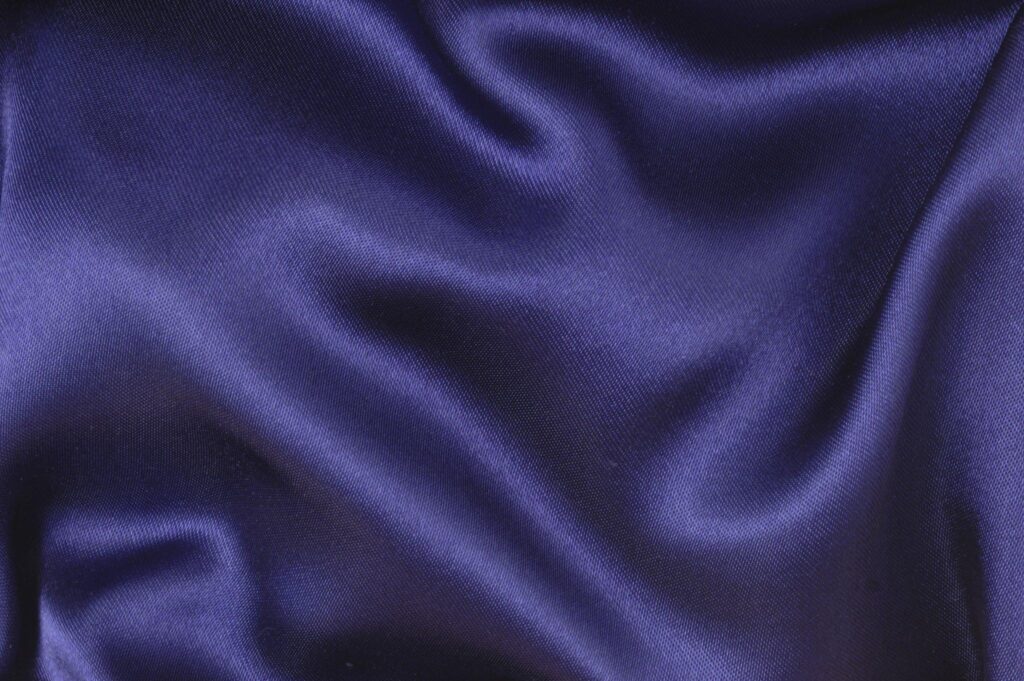

-
Supima Cotton
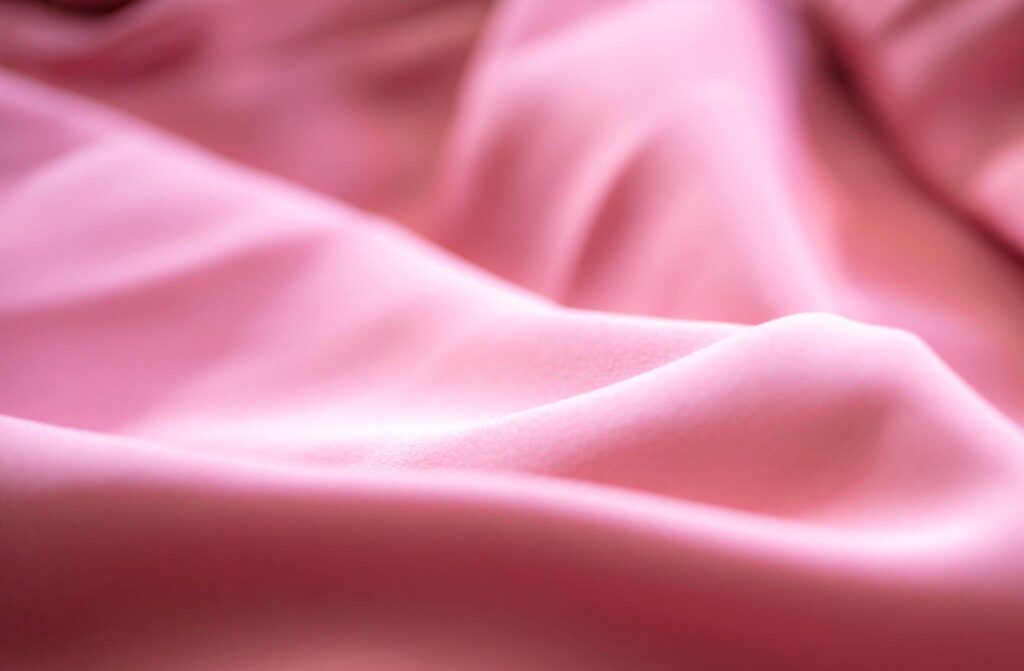

The world is home to a wide variety of cotton varieties. Because different varieties of cotton have varied qualities and traits, they can be used in various contexts and sold in various marketplaces.
The following characteristics of cotton
- Staple length
- Strength
- Softness
- Moisture absorption
In addition to the final use of the textile, determine which variety of cotton is optimal.
-
Cotton Fabric With Printed Designs
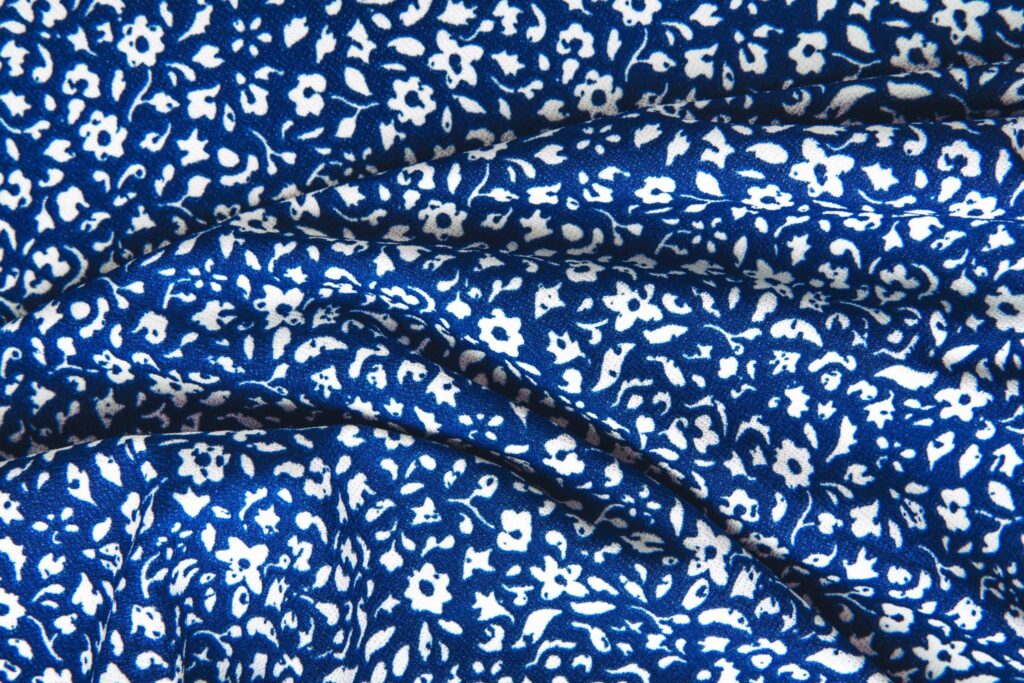

You can also print on cotton with DTG.
The best results are achieved when printing on 100% cotton. T-shirts made from cotton are often inexpensive.
Polyster
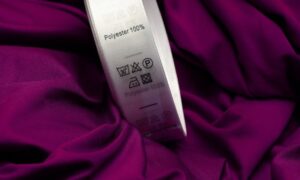

-
Athletic Activity
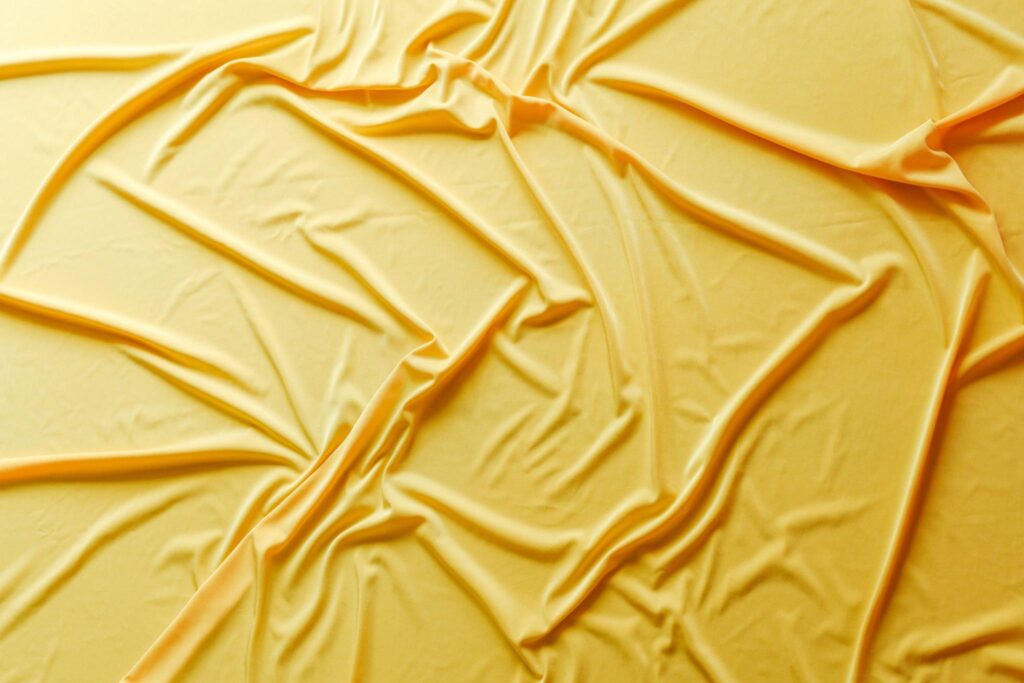

Those who enjoy physical activity or the outdoors will find this to be a fantastic choice. Polyester’s odor-resistant properties come in handy in sweaty situations. The fabric’s low absorbency contributes to how quickly it dries.
This is a wonderful trait to have if you plan on spending a lot of time in the great outdoors. It can help you avoid overheating and keep dry in humid climates.
-
Fewer Stains
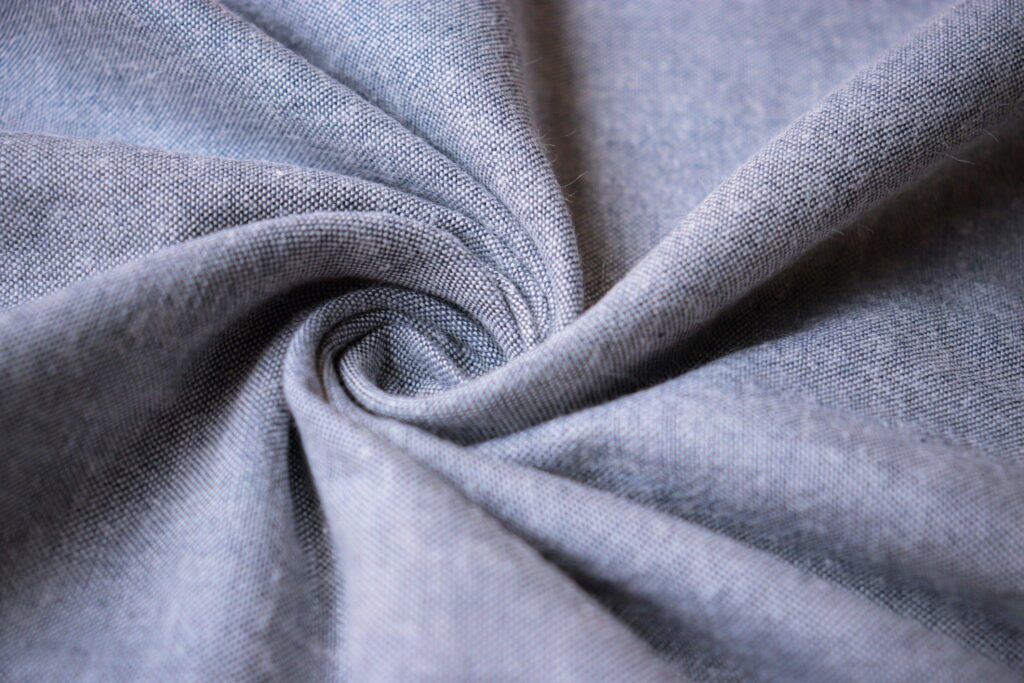

-
Durable Fabric


There are many different variants of polyester, but these are the most common. The qualities and performance requirements of a certain application will determine which type of polyester is utilized.
-
Polyethylene Terephthalate (PET)
PET is the most widely used kind of polyester and can be found in many different products, such as food packaging, clothing, and building supplies. It can withstand exposure to both water and chemicals while still being incredibly lightweight and robust. PET is widely utilized for bottle and container production because of its versatility and ease of recycling.
-
Polybutylene Terephthalate (PBT)
PBT is a form of polyester widely used in a wide variety of applications, from automobiles and electronics to home goods and recreational goods. It is a durable and malleable substance that can withstand extreme heat and a wide variety of chemicals.
-
Polyethylene Naphthalate (PEN)
In the manufacturing of advanced materials like films and fibers, PEN polyester is often used. It is highly resistant to wear and tear and has a high breaking strength. Heat, chemicals, and water are no match for PEN’s durability.
-
Polytrimethylene Terephthalate (PTT)
PTT polyester is a relatively new material with promising prospects in the textile sector. It’s a greener option since it can be made with less energy and fewer harmful byproducts than conventional polyester. PTT fibers are employed in a wide range of textile applications due to their high stretch and recovery qualities.
-
Polycarbonate (PC)
Among the many uses for the polyester known as polycarbonate are those in the fields of electronics, automobiles, and medicine. It is resistant to both high temperatures and impacts, and it is both lightweight and translucent. Polycarbonate is not only long-lasting, but also impervious to corrosion, solvents, and ultraviolet light.
-
Polypropylene (PP)
Thermoplastic polymer polypropylene is frequently used in place of polyester in places like packaging, textiles, and automobile components. It’s a sturdy yet lightweight textile that holds up well against water and chemicals. Polypropylene is widely utilized because it is inexpensive, durable, and recyclable.
Printing On Polyester
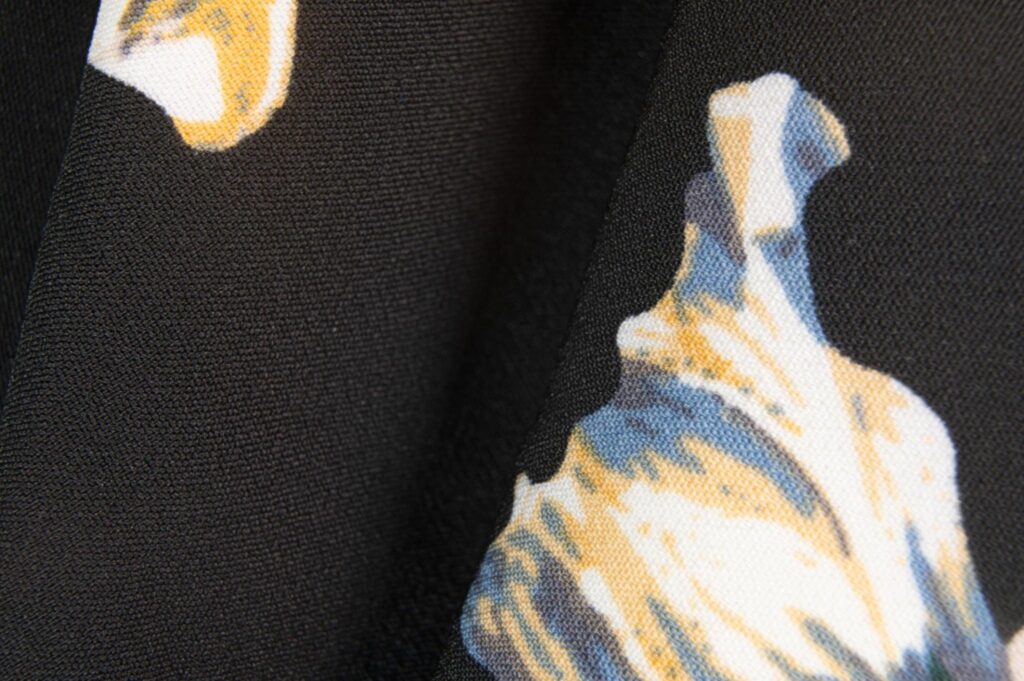

This printing method is extremely versatile because it may be used with a wide variety of substrates. The plastic material of the transfers makes them suitable only for synthetic materials.
Sublimation printing also works well on polyester. Polyester is commonly low-priced as well. It varies in cost from one vendor to the next. Additionally, the price is typically lower than that of cotton.
Blended Fabrics


- Performance
- Cost
- Aesthetics
- Composition
- Length
- Thickness
- Color
Moreover, the following are all examples of blending techniques.
- Bale mixing
- Flock blending
- Web blending
- Sliver blending
- Fiber blending
- Roving blending
A fabric that is a combination of cotton and polyester fabric benefits from the best qualities of both fibers. Clothing made from poly cotton is lightweight, durable, and comfortable. It may also be made into abrasion-resistant materials like canvas. Poly-cotton blends are not as cheap as pure polyester, but they are less expensive than 100% cotton and more comfortable.
Because of its low cost, long lifespan, and wide range of available colors, the 65/35 cotton and polyester blend fabric is the go-to for most workplace uniforms. Whether you should get 100% cotton or a poly-cotton blend for your work clothes is mostly a matter of personal preference and the conditions under which you’ll be working. Workers who spend their days inside near machines may benefit from polyester and cotton fabric durability. It may be preferable to use a cloth that is 100% cotton if the work is to be done outside, especially in hotter areas.
Fabrics’ overall performance and qualities, like their durability, breathability, and moisture-wicking abilities, can be enhanced by blending fibers. The most popular mixed fabrics include the following:
-
Polyester/Cotton (Polycotton)
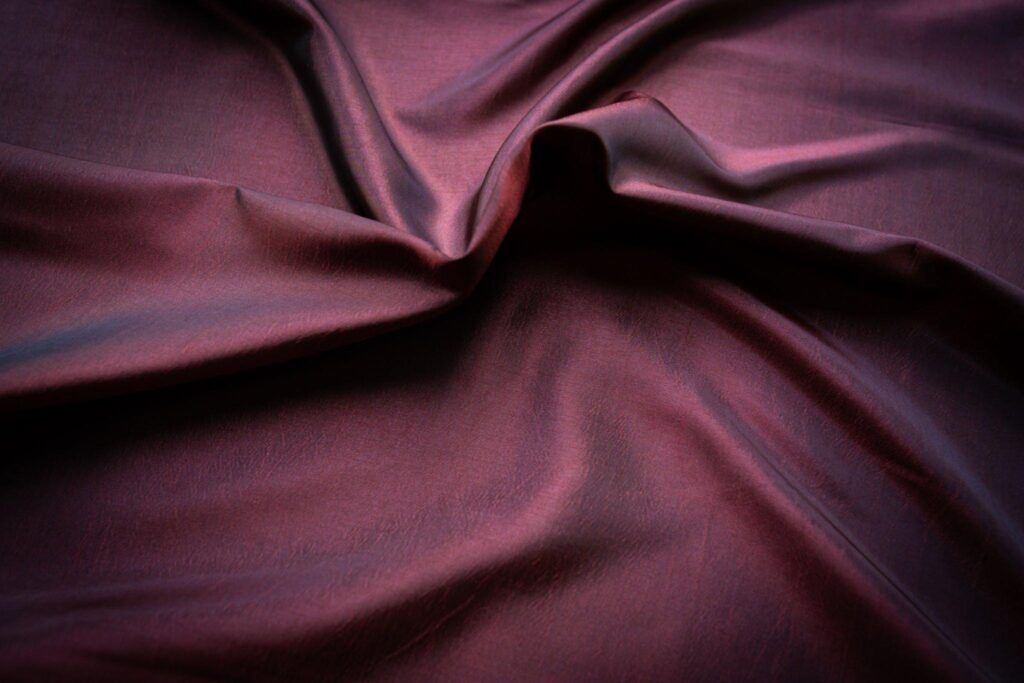

-
Rayon/Polyester


-
Cotton/Linen
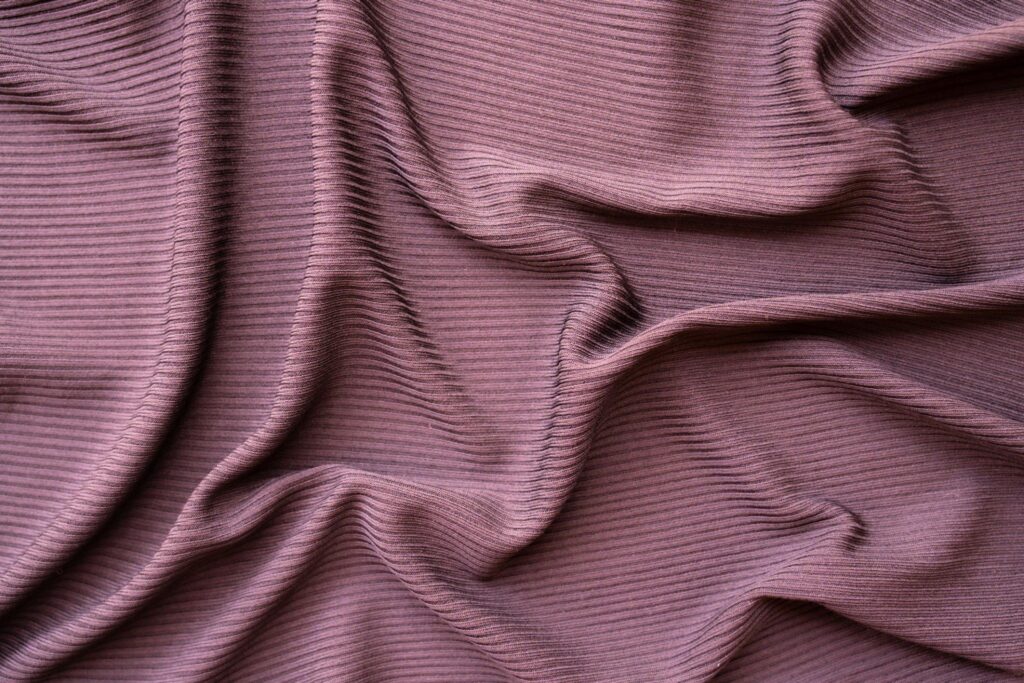

-
Wool/Polyester


-
Silk/Cotton
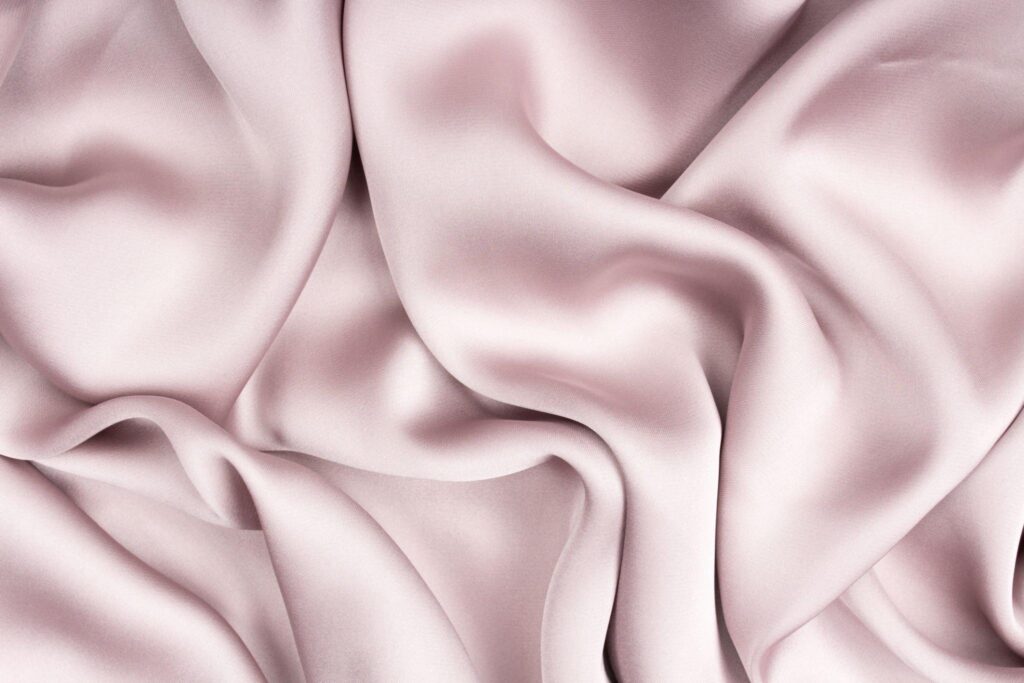

-
Acrylic/Wool


-
Nylon/Spandex
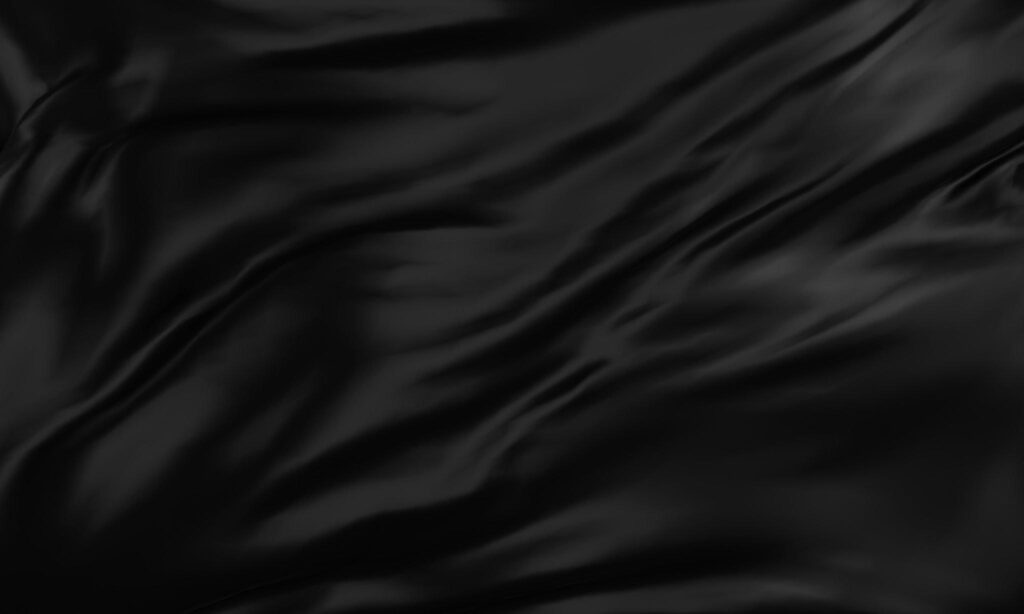

-
Cotton/Polyester/Rayon
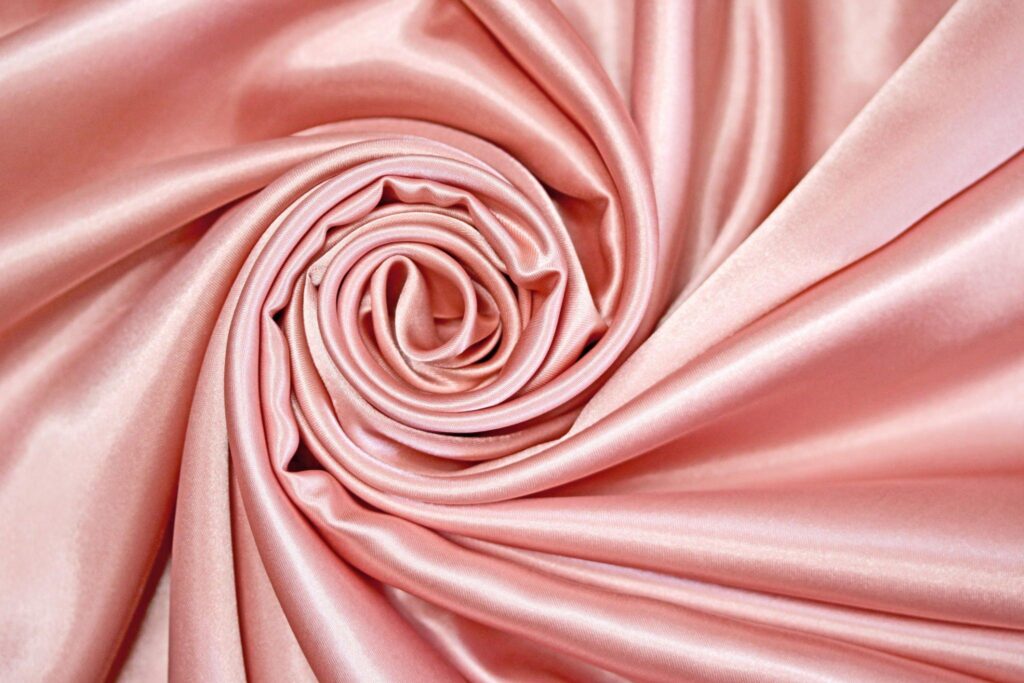

-
Wool/Cashmere
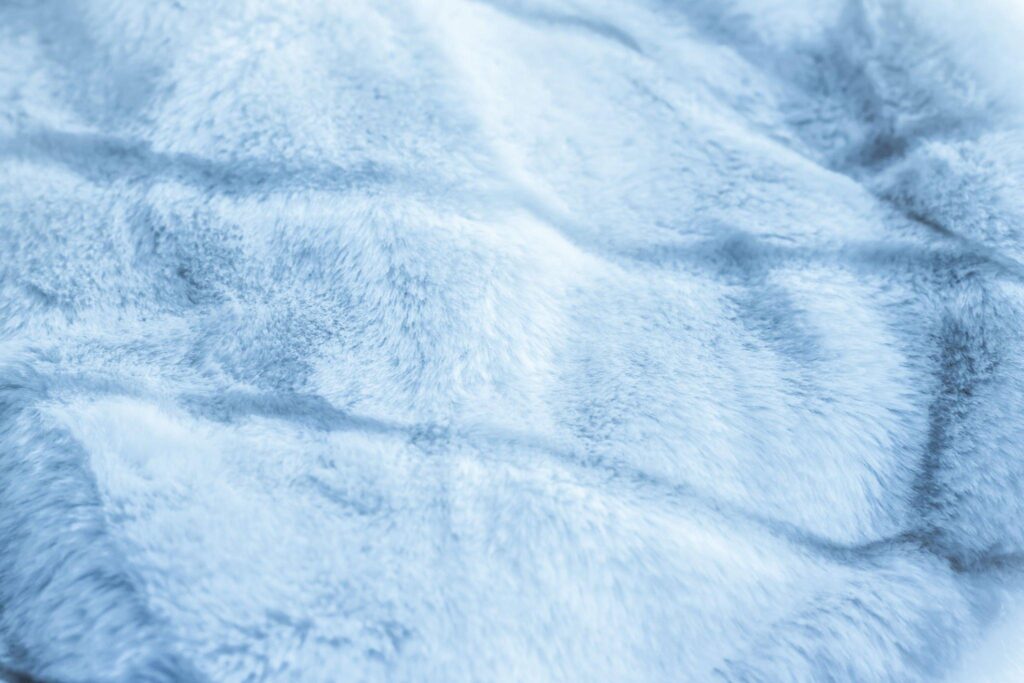

-
Nylon/Polyester
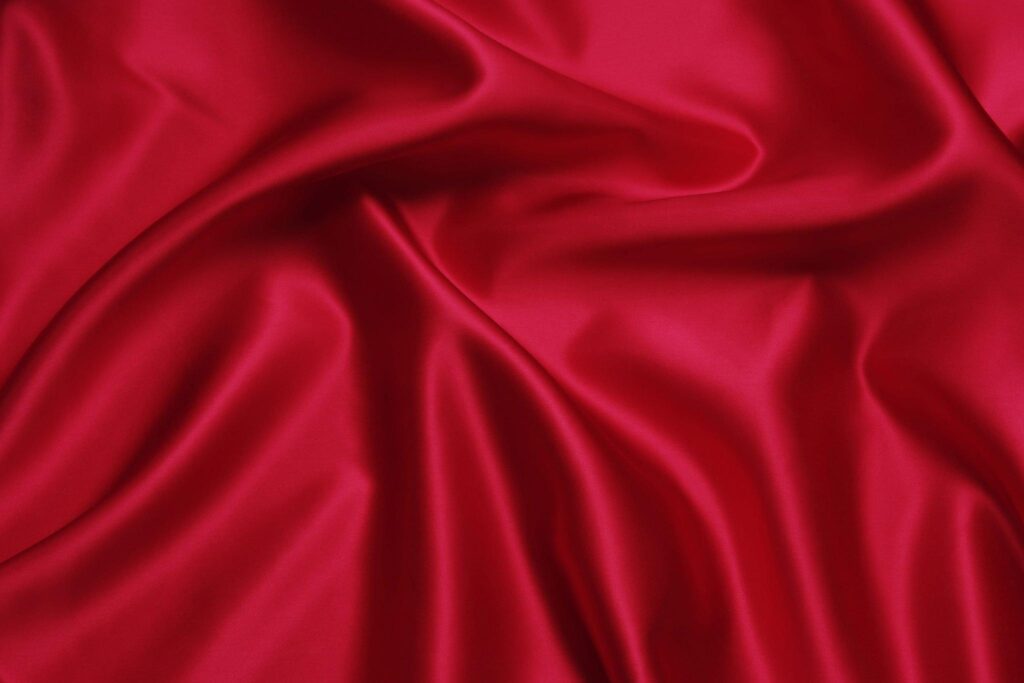

-
Polyester/Bamboo
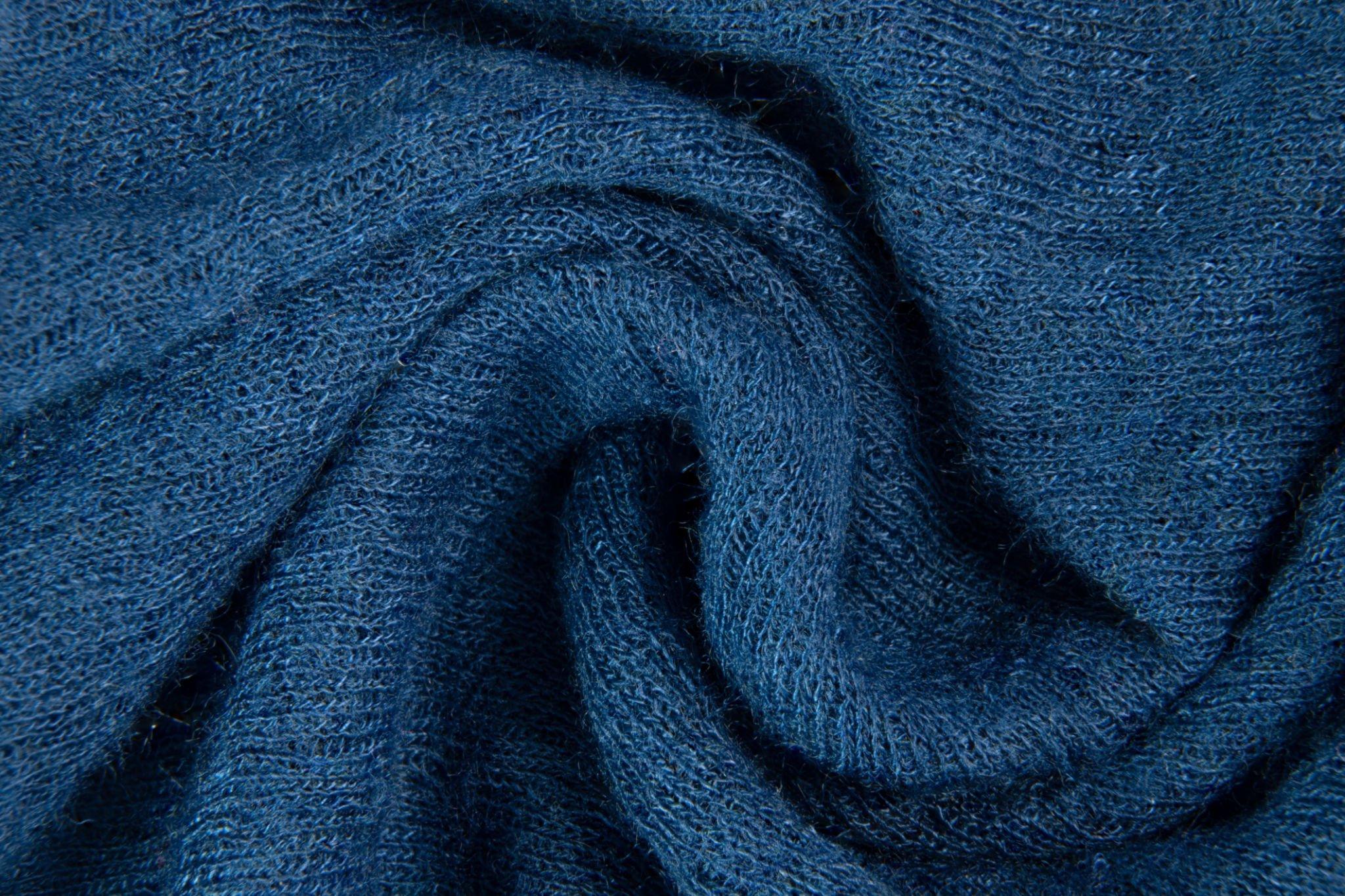

There are countless varieties of blended fabrics, and these are just a handful. How the fibers are put together will depend on what qualities and functions the fabric needs to have.
Printing On Blended Fabrics


The price of blends is somewhere between what cotton vs cotton-poly blend costs. Polyester costs more than cotton, which is very cheap. Combining the two makes the final product cheaper than if it were all cotton.
Which Percentage Of Cotton Polyester Blend Works Best?
Although the ratio fluctuates, the most frequently used combination is 65% cotton and 35% polyester. You may also readily find 50/50 mixes in stores. Knowing the basic characteristics of cotton and polyester will help you determine the ideal blend %.
In terms of fibers, cotton is unrivaled. It’s soft and gentle on the skin, and it feels great on it. The addition of cotton polyester material results in a fabric that is both inexpensive and long-lasting.
Many other percentages of a cotton poly blend fabric used are
- 80%/20%
- 65%/35%
- 50%/50%
- 35%/65%
The blended fabrics with a higher percentage of cotton will be the safest bet. Fabrics are chosen for a wide variety of reasons, including current trends, practicality, longevity, industry needs, and so on. Fabric choices should be made with both your needs and your budget in mind.
The list is as follows:
- Fabric with a composition of 20% cotton and 80% polyester is ideal for a strong, lightweight, elastic material.
- 50% Cotton and 50% polyester is for durability, hypoallergenic, moisture absorption, breathability, and softness.
- Material of 60% or 65% cotton and 40% or 35% polyester is low-strength, hypoallergenic, very perspiration-absorbent, and highly breathable.

